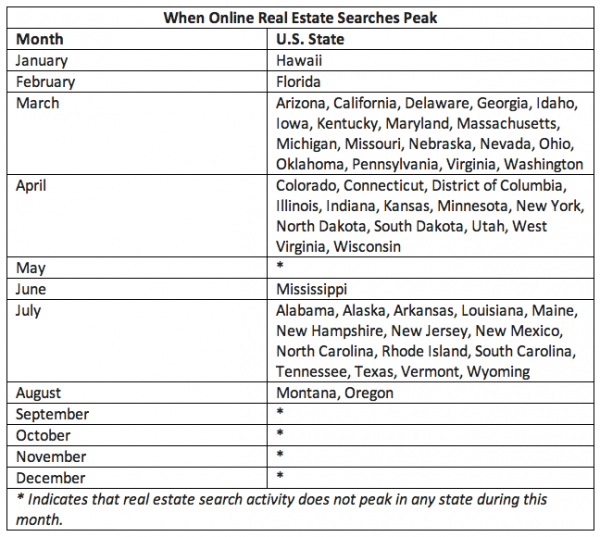From Bloomberg:
Rising House Prices, Not Stocks, Make People Feel Wealthy
As a key influence on households’ spending decisions, the health of the housing sector trumps stock-market moves, a paper released this week by the National Bureau for Economic Research claims.
The study, written by prominent economists Karl Case, John Quigley and Robert Shiller, refines their existing study of what is called the wealth effect. Case and Shiller are well known names, especially on housing issues. Quigley, another luminary, died in May, before the research’s publication.
Most economists and policymakers agree asset price gains can be big drivers of consumer spending power. Rising home or stock prices are generally agreed to increase consumer spending, while falling asset prices cut the other way.
That said, economists and policymakers have had a hard time quantifying the wealth effect. That’s problematic for many reasons, but it’s even more so due to the fact that the housing market’s crash and apparent recovery are considered central to the overall fate of the economy. To that end, the Federal Reserve is pursing a policy course deliberately aimed at driving up all manner of asset prices in hopes its actions will boost household spending to power better overall growth.
In the paper, the economists update their decade-old work, drawing on a wider and more up-to-date set of data ranging from 1975 to the second quarter of 2012. The broader information changes and clarifies what was once thought about the wealth effect’s influence.
There is “at best weak evidence of a link between stock market wealth and consumption,” the economists wrote. “In contrast, we do find strong evidence that variations in housing market wealth have important effects upon consumption,” they said.
“An increase in real housing wealth comparable to the rise between 2001 and 2005 would, over the four years, push up household spending by a total of about 4.3%,” the paper stated. Meanwhile, “a decrease in real housing wealth comparable to the crash which took place between 2005 and 2009 would lead to a drop of about 3.5%.”
This finding upends the old understanding that housing gains tended to push spending higher by a wider margin that home price declines depressed spending, the economists wrote.
From HousingWire:
Wealth effect creeps back into American households
The nascent housing recovery is beginning a shift from economic headwind to tailwind, creating the indirect effect of giving average American households hope to, once again, begin to retain a level of wealth.
Of course, being in America, the feeling of wealth is best described as a family’s healthy relationship with their overall composition of debt — and this is one relationship that is still changing.
“The wealth effect is multi-faceted: It is partly due to the psychological lift resulting from higher home values, i.e. the perception of a stronger household balance sheet position actually supports spending,” said Deutsche Bank ($47.23 -1.1%) analyst Carl Riccadonna in a note to clients. “More directly, price appreciation enables households to refinance debt, thereby reducing interest expenses, as well as tap into home equity via lines of credit or cash-out refinancing.”
The second detail is particularly interesting as, according to recent Federal Flow of Funds data, HELOCs and refis represent a large portion of the shrinking mortgage debt.
…
Deutsche Bank’s Riccadonna added that even small moves in home prices can have large effects on consumption, because housing comprises such a significant share of household assets.
“Based on previous analysis, we are projecting home price appreciation of 5-10% in 2013, which translates into a further increase in household assets, i.e. wealth creation, ranging between $860 billion and $1.72 trillion,” he said. “To be sure, the wealth effect on consumer spending could be substantial.”

